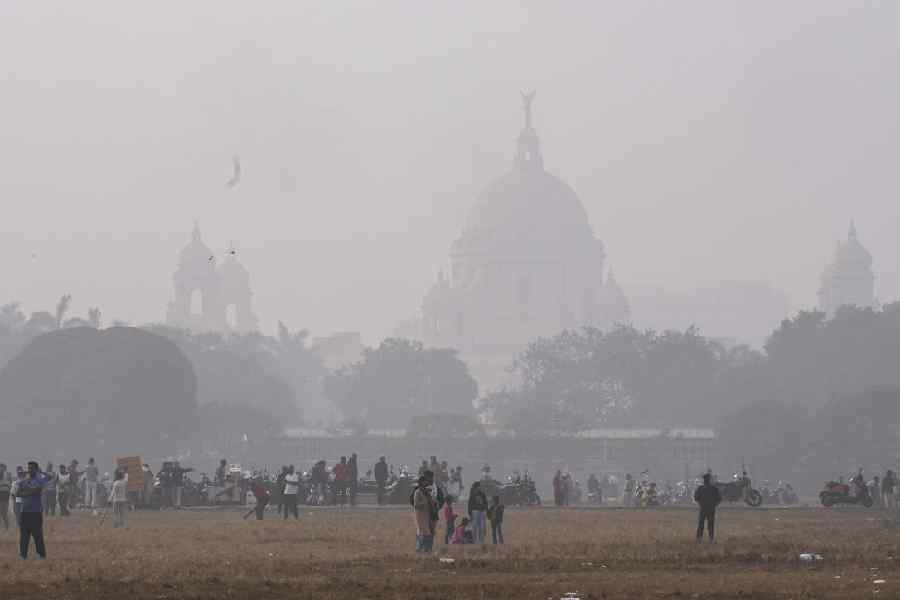The spike in crude oil prices and higher gold import could widen the current account deficit to 3 per cent of GDP in the July-September quarter of the current fiscal from 2.4 per cent in the preceding quarter.
“The current account deficit to widen sharply to $19-21 billion or 3 per cent of GDP in Q2 (July-September) FY2019 (2018-19), from a modest $7 billion in Q2 FY2018 (2017-18), led by higher crude oil prices and gold imports,” Icra, the credit rating agency said in a statement.
“The CAD would widen to $68-73 billion (2.6 per cent of GDP) in FY 2019 (2018-19) from $48.7 billion in FY2018 (1.9 per cent of GDP), if the price of the Indian basket of crude oil averages at $72/barrel in FY2019 (2018-19),” Icra principal economist Aditi Nayar said.
The CAD, which is the difference between the inflow and outflow of foreign currency, stood at 1.9 per cent of GDP in the 2017-18 fiscal and 0.6 per cent of GDP in 2016-17.
The agency, however, noted that the subsequent correction in crude oil prices has eased concerns regarding the size of the current account deficit in the October-March period of current fiscal.
Brent crude futures which was trading around $80 to a barrel in September has fallen to around $62 a barrel.
“The recent correction in crude oil prices has doused concerns regarding the size of India’s current account deficit in H2 (October-March) FY2019 (2018-19). Moreover, a seasonal uptrend in exports should help moderate the current account deficit in H2 FY2019 (2018-19) relative to H1 FY2019 (2018-19),” Nayar added.
India’s net import bill for petroleum, crude and crude related products increased a sharp 60 per cent to $23 billion in the September quarter this fiscal, from $14 billion in the same period last fiscal.
Gold imports rose 61 per cent to $9 billion in the September quarter from $6 billion in the year-ago period. These two item groups account for around 80 per cent of the rise in India’s trade deficit in the second quarter of the fiscal, relative to the year-ago quarter, Icra said.










